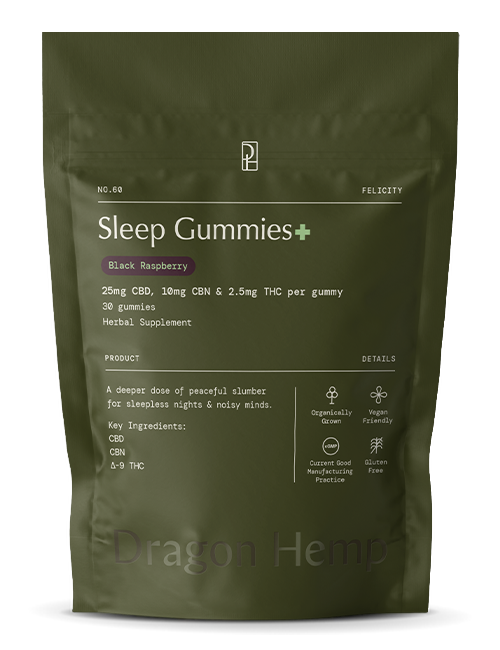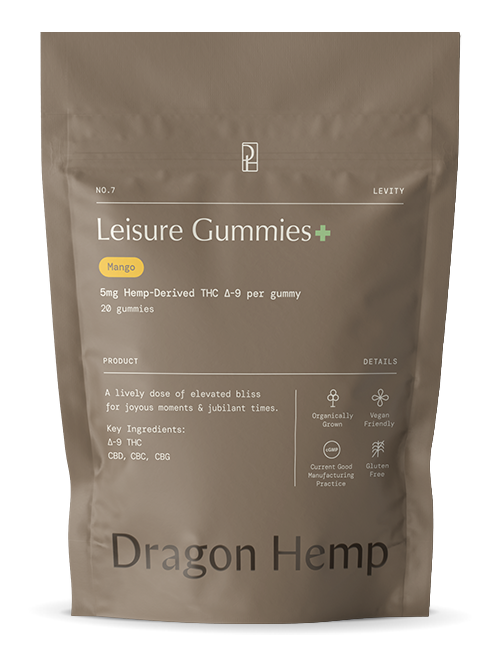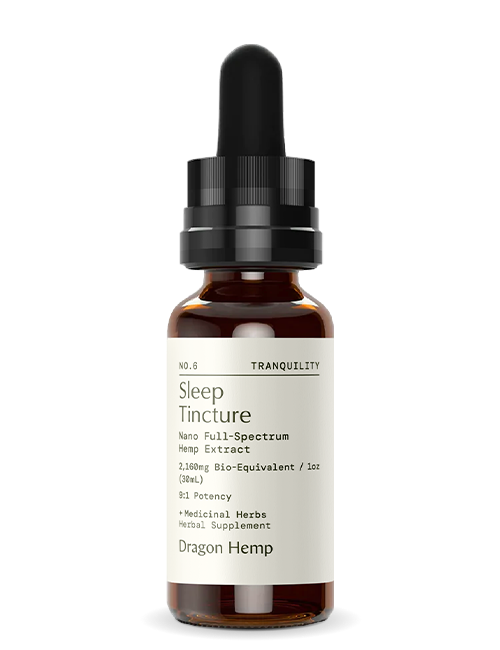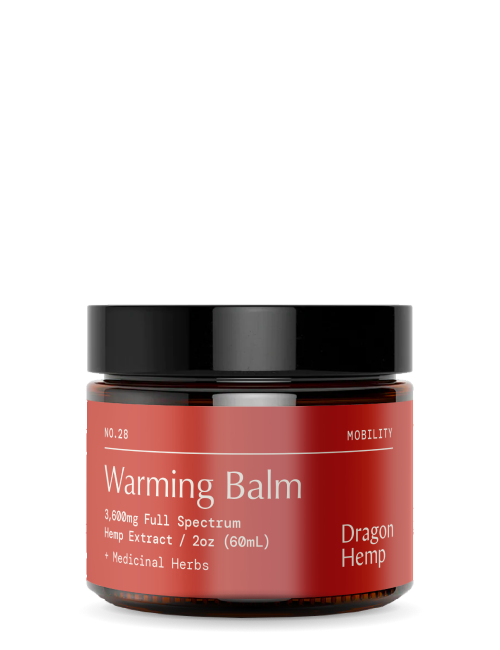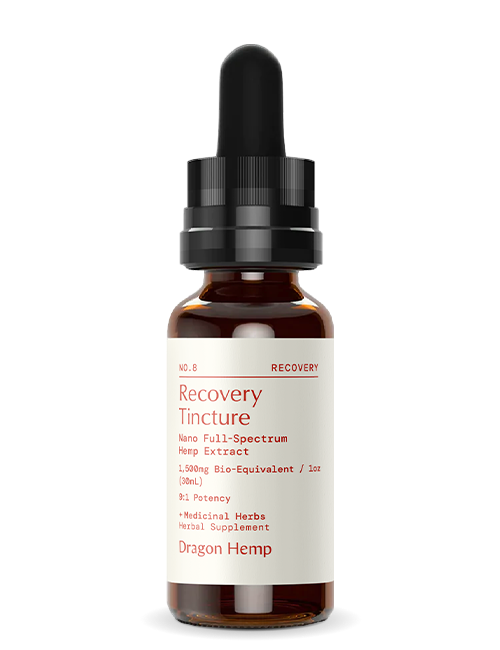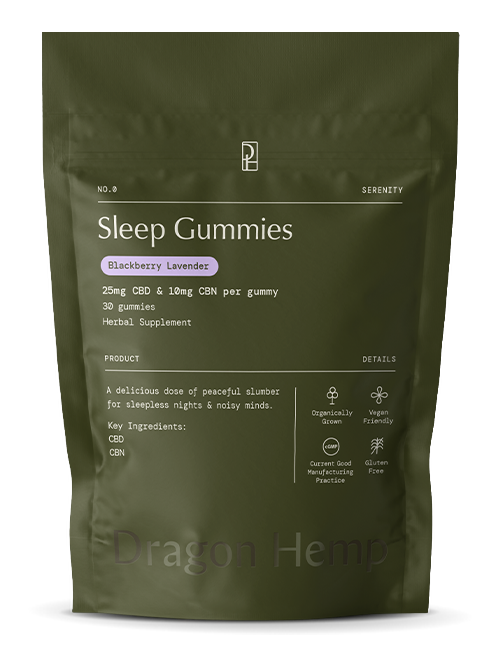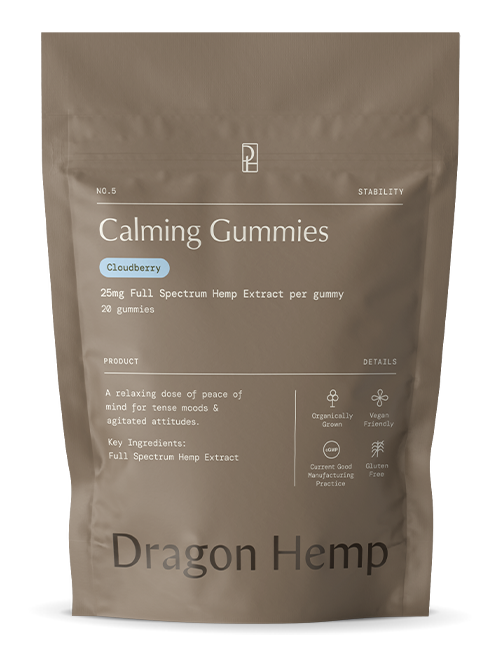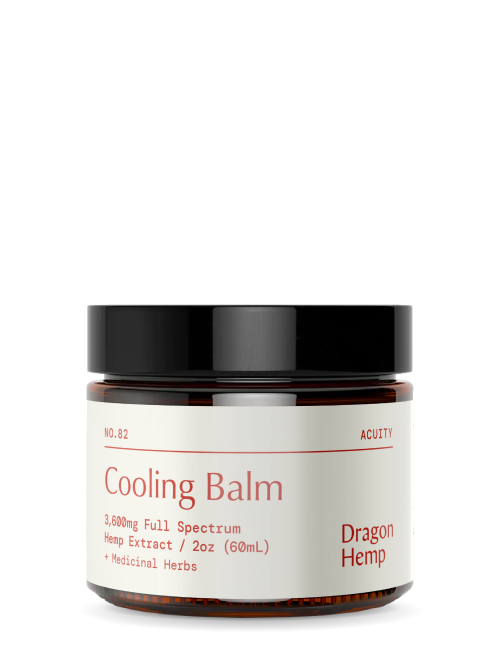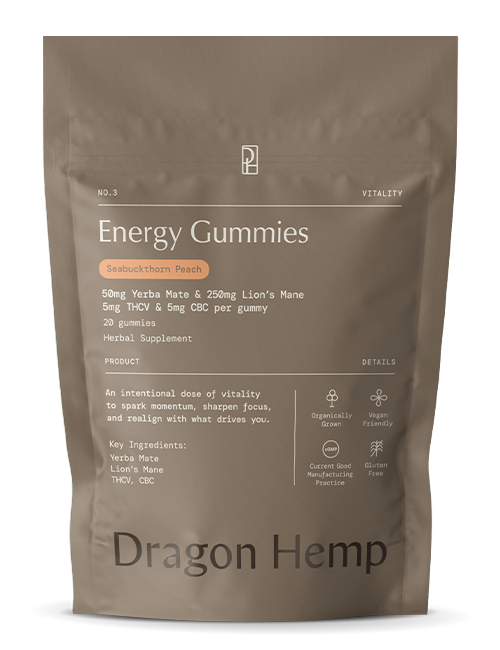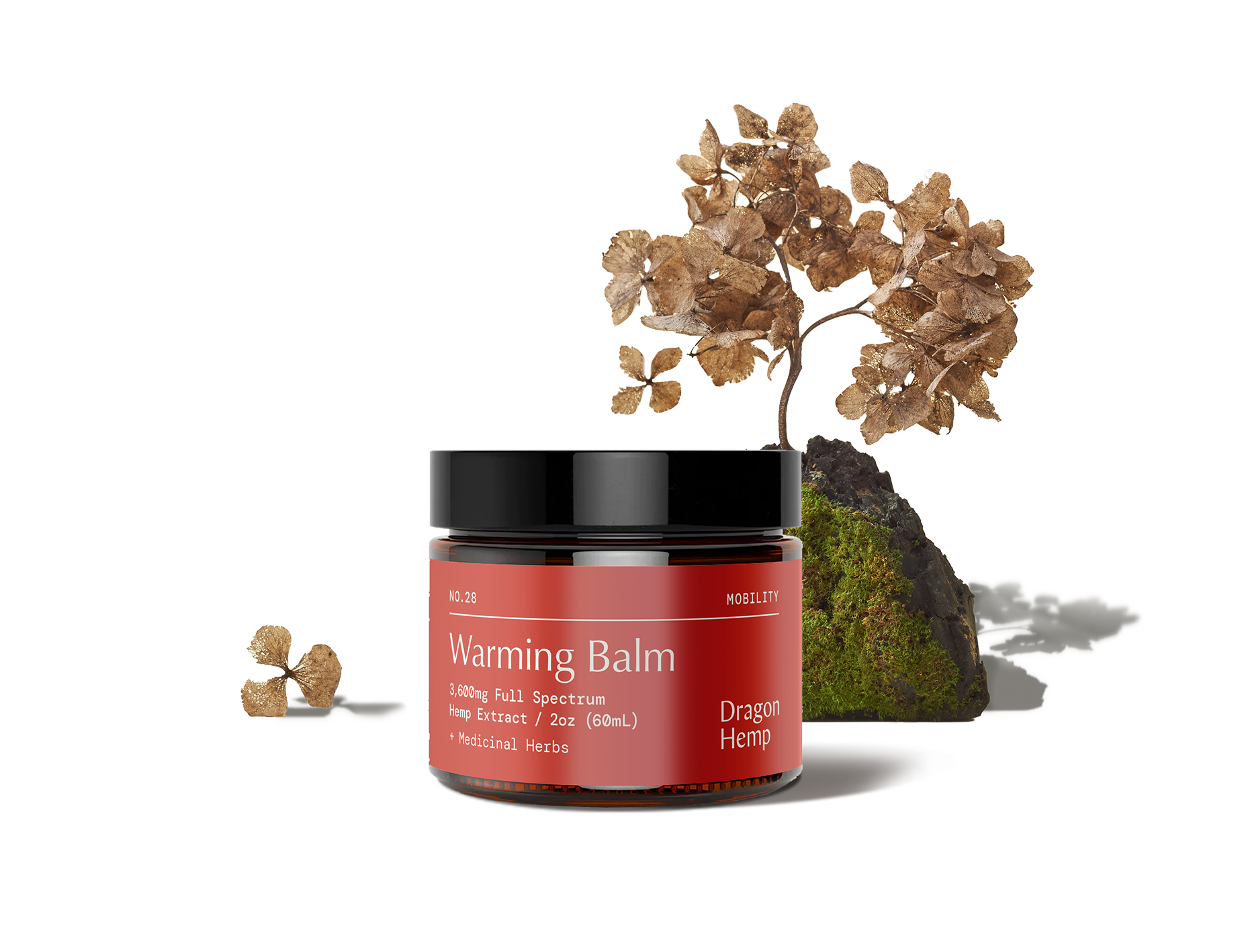
Does CBD Help with Inflammation in the Body?
Inflammation is a natural process through which the body keeps us healthy and disease-free. Essentially, the body releases more white blood cells and other disease-fighting chemicals to kill invading microorganisms. A certain amount of inflammation needs to happen whenever pathogens invade our bodies, as they inevitably do.
Inflammation can be acute (short-lived) or chronic (long-lasting). The former typically lasts several hours to a few days, often resolving once the invading pathogens have been dealt with. The latter can last for months, even years after the initial cause is long gone. Some diseases can also cause long-term inflammation, including conditions like cancer, diabetes, heart disease, Alzheimer's, asthma, arthritis, etc.
Often inflammation is symptomized by swelling, pain, redness, and sensitivity to touch among other signs, and can be treated by different methods. Depending on the severity of the condition, doctors may prescribe medications, exercise, rest, or surgery.
Non-steroidal anti-inflammatory drugs (NSAIDs), corticosteroids, and disease-modifying antirheumatic drugs (DMARDs) are popularly used to treat inflammation. However, as you probably know, some of these medications can have side effects when used long-term. That's why natural remedies are becoming more popular.
One such remedy that has caught the attention of many is cannabidiol (CBD). Since 2018, this compound has gained significant traction in the health and wellness community. Think of a health condition, and there is a high chance someone is already using CBD to manage it.
But does CBD actually work? In particular, can CBD help with inflammation? Read on and find out.
Key takeaways
- CBD possesses anti-inflammatory properties, which it exerts through multiple pathways.
- As a result, it is seen as a potential therapeutic agent in managing diseases characterized by inflammation.
- CBD is non-psychoactive, which means it does not make you "high."
- There are three major types of CBD – full-spectrum, broad-spectrum, and CBD isolate.
What is CBD
CBD is a chemical compound found in cannabis and belongs to the family of cannabinoids. Researchers aren't certain yet, but they contend cannabis, potentially, has over 100 cannabinoids, with CBD and THC being the most common.
Its concentration in landrace strains is usually below 10%, but a growing number of cannabis varieties contain 10-15% CBD. Hybrid strains with 20%+ CBD content are becoming common too.
Unlike THC, CBD is non-psychoactive, so you run virtually no risk of an altered mental state if you use it. This lack of psychoactive effect is one of its appealing properties, but it has many more. CBD research is at an advanced stage compared to other cannabinoids, so we know substantially more about it.
It is mainly derived from hemp due to the regulations of the 2018 Agriculture Improvement Act. Among other things, this bill delisted hemp from the federal Controlled Substances Act, effectively legalizing cannabis with low THC content. However, not all states have legalized hemp, making its legality largely amorphous across the country.
Generally, CBD appears to have medicinal properties, though research is ongoing to help understand how it interacts with the body. Already, the US Food and Drug Administration (FDA) approved the use of Epidiolex in treating two rare types of epilepsy. This drug is made with purified hemp-derived CBD, highlighting the cannabinoid's immense therapeutic potential.
Despite the significant strides made, there is still much more to uncover about CBD. For example, not much is known about its side effects. However, the World Health Organization and some studies give it a clean bill on safety. The FDA, though, thinks long-term use carries some risks such as liver injury. It's also unclear what the different modes of using CBD, e.g., vaping, ingesting, topical application, etc. have on the body.
So, evidently, more research is needed before it can get the green light to be used alongside conventional medicines.
Does CBD get you high
CBD does not get you 'high' because it is non-psychoactive. Its lack of psychoactivity owes to its inability to bind with a type of receptor called CB1. Since we've touched on receptors, we may as well overview a neuromodulatory system called the endocannabinoid system (ECS).
The ECS is a network of endocannabinoid receptors (CB1 and CB2), enzymes, and endocannabinoids (neurotransmitters) that helps the body self-regulate. Researchers believe its primary function is homeostasis, but it's also been implicated in no less than 15 other bodily functions.
It is the binding action of certain cannabinoids like THC to CB1 receptors that produces psychotropic effects. One such effect is an altered state of mind or 'high.' On its part, CBD cannot bind to CB1 receptors. Instead, it occupies the binding site of CB1 agonists, preventing them from binding firmly to the receptors.
An agonist is a substance that promotes activity at a receptor, while an antagonist hinders activity. Typically, antagonists work by occupying the space agonists were to occupy on the receptor. However, CBD doesn't do this – instead, it occupies the binding site of agonists. As a result, it is known as a negative allosteric modulator of CB1 receptors.
Consequently, CBD can modulate the adverse effects of THC, which probably explains why these two also work well together.
Does CBD reduce body inflammation
Yes, there is strong evidence that CBD may help reduce inflammation. Thanks to vibrant CBD research, the different mechanisms through which CBD affects inflammation are now known.
Besides reducing cortisol levels, we've established others ways through which CBD can reduce inflammation in the body.
How Does CBD Help with Inflammation in the Body
CBD may help reduce body inflammation – here's how.
Through the endocannabinoid system
While it displays no interaction with CB1 receptors, CBD has a partial affinity for CB2 receptors. These receptors are found mainly in the immune cells, white blood cells, spleen, and tonsils.
These receptors are majorly expressed or activated when there is active inflammation in the body. As a result, they are a potential therapeutic target in disease models characterized by inflammation, such as neuropathic pain and Alzheimer's, where neuroinflammation is observed.
When the body is under stress, e.g., during wound healing, a negative feedback loop typically helps maintain homeostasis. Toll-like receptors (TLRs) found in microglial cells trigger the release of specific protein bodies that limit inflammatory responses.
This process is accompanied by upregulation and activation of CB2 receptors, which are involved in downregulating inflammation. Indeed, CB2 receptors have been shown in multiple studies to limit acute inflammatory processes.
So, where does CBD come in? As a CB2 partial agonist, CBD activates CB2 receptors. These receptors then stimulate wide-ranging physiological processes that improve anti-inflammatory effects. These include:
- Suppressing the production of pro-inflammatory cytokines
- Preventing the spread of T lymphocytes
- Inducing self-destruction of T lymphocytes
- Minimizing the migration of immune cells
Another study showed that the activation of CB2 receptors reduces the levels of pro-inflammatory protein molecules called tumor necrosis factor α (TNFα) and reactive oxidative species (ROS). This reduces inflammation and oxidative stress.
Through transient receptor potential (TRP) channels
Furthermore, the ECS is not the only pathway CBD uses to combat inflammation. Researchers have also proven that CBD can interact with non-cannabinoid receptors called transient receptor potential (TRP) channels. When activated, these TRP receptors directly or indirectly increase the concentration of an endogenous cannabinoid called anandamide (AEA). This endocannabinoid is a TRPV1 agonist, which means it enhances activity at this receptor.
So, what is the TRPV1 receptor, and what does it do?
Knowing what this receptor does is vital to understanding the other pathway CBD uses to reduce inflammation.
TRPV1 receptors are activated by many chemicals and stimuli, including capsaicin (the compound responsible for chili's "hot" taste), noxious heat (>43 ℃), low pH, voltage, and various lipids. These receptors are the primary messengers in nociceptor terminals and are responsible for transmitting pain signals.
Depending on the location of these TRPV1 receptors, their activation typically yields different effects. For instance, in the perivascular nerve tissues, their activation triggers the release of a peptide-protein that enhances cardioprotection.
While CBD is generally considered a TRPV1 agonist, it also exhibits inverse agonism at this receptor. This means it binds to TRPV1 receptors as an agonist but induces the opposite pharmacological effect.
According to a 2020 study, low doses of CBD (plasma concentration level) have been observed to inhibit neuronal TRPV1 receptor signaling leading to pain desensitization. And although TRPV1 is implicated in inflammatory responses, antagonizing these receptors has also been shown to alleviate inflammation.
As an inverse agonist of TRPV1 receptors, CBD can modulate inflammatory responses by acting as a TRPV1 antagonist.
Through peroxisome proliferator-activated receptors (PPARs)
These ligand-activated receptors belong to a superfamily of nuclear receptors. Their activation results in wide-ranging pharmacological effects with varied implications for disease development and progression.
These receptors are subdivided into three types – PPARα, PPARγ, and PPARβ/δ. Though each of these receptors plays a distinct role, some of their roles overlap, e.g., their anti-inflammatory effects.
PPARβ/δ are majorly found in adipocytes, skeletal muscle, the brain, the lungs, macrophages, and skin. These receptors are involved in the metabolism of fatty acids and the suppression of macrophage-induced inflammation.
The PPAR-δ receptors, in particular, are observed to minimize the expression of inflammatory agents and prevent their adhesion. For this reason, they may have a role in mitigating atherogenesis - a condition caused by inflammatory damage to endothelial cells.
Other studies suggest that PPAR-δ receptors can potentially inhibit cardiac hypertrophy because they can inhibit activity on nuclear factor kappa B (NF-kB) – a transcription protein involved in the production of pro-inflammatory cytokines.
Both PPARα and PPARγ exert their neuroprotective and anti-inflammatory effects by inhibiting the activity of pro-inflammatory proteins.
It turns out CBD can, directly and indirectly, influence the activity of these nuclear receptors. For instance, studies show that PPARγ antagonists can reverse the anti-inflammatory effects of CBD. This suggests that CBD exerts these effects via PPARγ-dependent pathways.
Moreover, endocannabinoids like anandamide and 2-AG have been shown to bind to PPARγ receptors. Interestingly, CBD can regulate the levels of anandamide in the body by inhibiting its reuptake. Therefore, increasing the concentration of anandamide in the body allows more of it to bind to PPARγ receptors.
What are the different types of CBD
After its extraction from cannabis plant material, CBD extract can be classified as full-spectrum, broad-spectrum, or CBD Isolate.
Full-spectrum CBD contains all the bioactive compounds of cannabis. These include other cannabinoids, flavonoids, terpenes, vitamins, and fatty acids. With full-spectrum CBD, the focus is usually on THC due to its psychoactive properties.
So, the law requires that the THC content in any cannabis product must not exceed 0.3% by dry weight. Towards this end, cannabis companies use hemp because its THC levels are typically very low.
Broad-spectrum CBD is essentially full-spectrum CBD minus THC. Since this type of CBD lacks THC, questions about its overall efficacy have arisen.
There are suggestions that cannabinoids work best together – a phenomenon commonly referred to as the "entourage effect." It is thought that terpenes play a central role in this, but it is still unclear how the whole process works.
CBD isolate is the purest form of CBD because it only contains CBD. All other compounds of cannabis are isolated in a rigorous distillation process that some say strips the extract of the true essence of cannabis. Consequently, the jury is still out on the effectiveness of CBD isolate.
What CBD is best for inflammation
CBD is an enormously versatile product that can be introduced into practically anything. For example, CBD is infused into edibles, aerosols, and topical formulations. How you take CBD determines to a great extent its efficacy.
CBD aerosols
Aerosols are the fastest-acting forms of CBD. These are inhaled (with the help of nasal sprays or vape carts) and enter the bloodstream directly. Their effects kick in within 10-15 minutes, which is ideal for generalized inflammatory conditions.
CBD ingestibles
Edibles are probably the most common form of CBD. They come in various shapes, e.g., CBD gummies, CBD-infused cookies, beverages, oils, tinctures, etc. CBD edibles are generally taken orally, i.e., via the mouth.
Oils and tinctures are more effective when taken sublingually as this helps the active ingredients bypass the digestive system. This translates into higher bioavailability and potency levels.
Other edible forms like gummies, capsules, and pills are swallowed into the stomach and digested before being absorbed. One downside of this mode of administration is that the digestive system subjects the product to the first-pass mechanism resulting in a substantial loss of the bioactive compounds.
This results in lower bioavailability and lower efficacy. Research shows the bioavailability of oral CBD is roughly 6%. On the flip side, it is easier to microdose CBD edibles.
CBD topicals
These are creams, lotions, balms, and other CBD-infused formulations designed for use on the skin. Their action mechanism depends on the skin's ability to absorb substances.
Topical CBD does not go deep into the skin, so it is suitable for localized inflammation that's not deeply entrenched. Transdermal CBD patches are thought to be more penetrating than regular topical CBD and may offer more relief for deep-tissue inflammation.
Generally, we recommend using both topicals and ingestibles for the best results.
So, if you're interested in trying CBD for an inflammatory problem, we have a wide variety of CBD-infused products that might help.
This Warming Balm contains a whopping 3,600 mg of premium full-spectrum CBD and various adaptogenic herbs. These work together to absorb easily into the skin, providing a warm, soothing sensation and reducing inflammation and chronic pain.
For acute pain, we recommend this potent Cooling Balm. With a generous dose of full-spectrum CBD, Chinese herbs, and menthol, this formulation is expertly compounded to penetrate deep into muscle tissue and provide immediate relief from acute pain and injury.
Feel like yourself again.
Peruse our collection of plant-based therapeutics blending time-honored herbal remedies with next-generation cannabinoid extracts.







